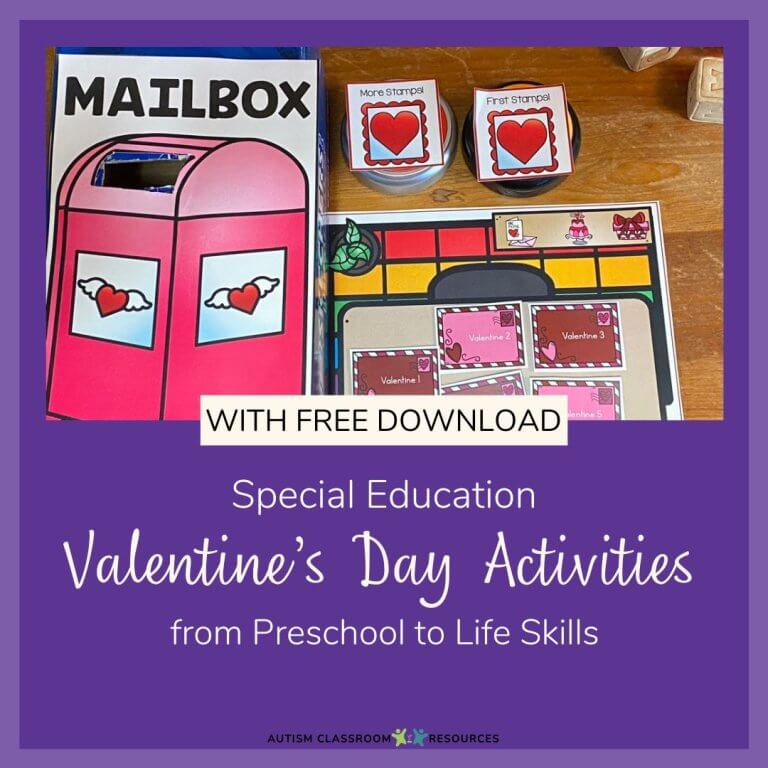Sharing is caring!

As we head back to school after winter break, many of us probably have New Year’s resolutions to be more active in our own lives. Many of us, myself included, are not overly inclined toward physical activity but try to integrate it into our daily lives in some way. For others it’s a must to have activity daily. With all the recent research on childhood obesity and the dangers of sitting too long during the day, our society is looking more toward how to get students eating right and moving more. However, we still have the demands for learning that exist in schools with more emphasis than ever and most learning is often conducted sitting in the classroom. For students with developmental disabilities like autism, the need for physical activity often moves beyond the emphasis we have for other students. First, individuals with developmental disabilities have been shown to be more sedentary and less physically active in their adult lives than other adults. Part of this is because physical activities is not made an active part of their lives early enough for it to become a habit. Second, these individuals are more susceptible to Type II diabetes, obesity, and heart disease–in part because of their sedentary lifestyle. And third, we have some research that indicates that movement and exercise can sometimes reduce and prevent challenging behaviors (if you are interested in the research with this, leave me a comment and I’ll dig it up from my files). So, one of things I try to think about when setting up a classroom is how to integrate movement into the learning and routines. In other words, to get more for my time, I try to combine learning and exercise for students so they move regularly throughout the day. Here are 5 ways that I have used to integrate physical activity into the classroom routine for students with disabilities.
DISCLAIMER: This post contains Amazon affiliate links for some products described below.
1. Set up an exercise board that requires communication and choice making
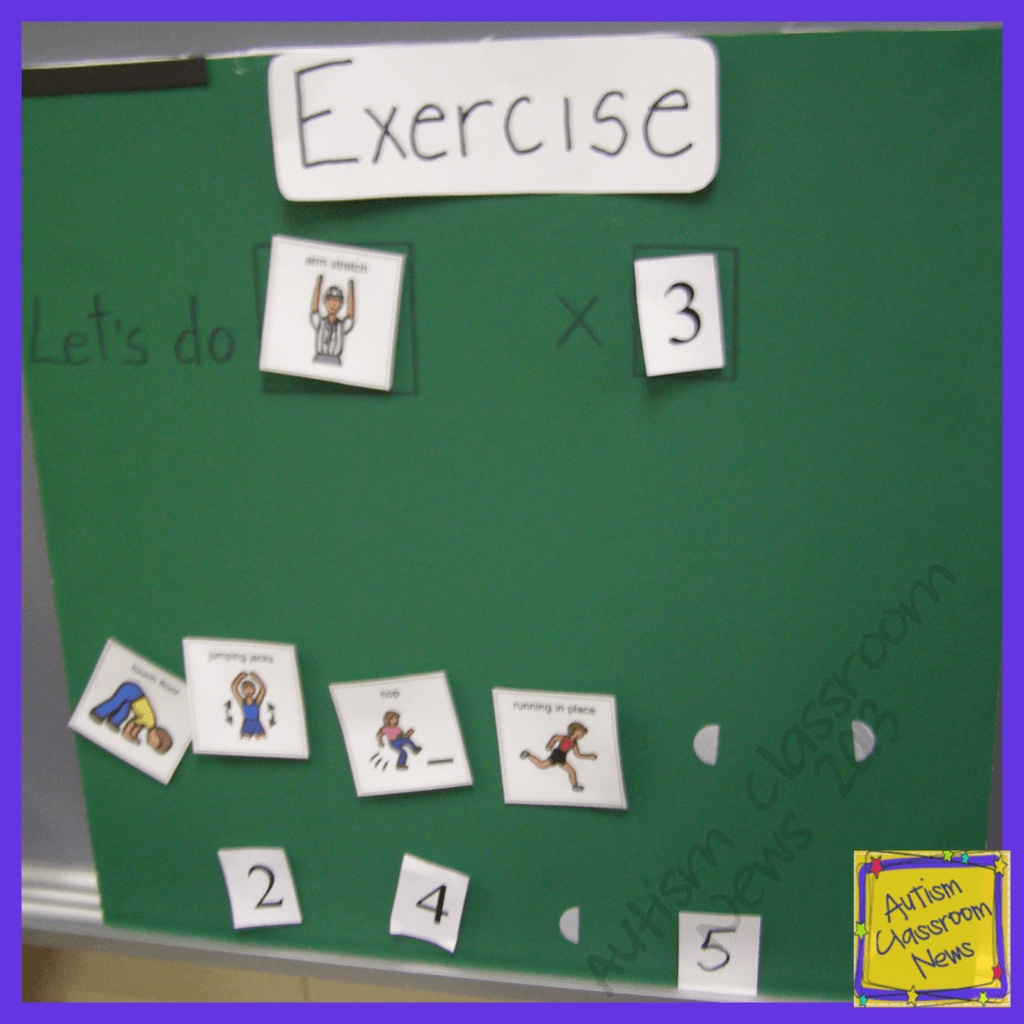 These boards are exercise boards that I’ve used to structure PE but also to create exercise time in the classroom. The students take turns (social goal) choosing an activity for the class to do such as pushups or sit-ups, and then choose how many repetitions of the exercise they have to complete. This can be done multiple times so everyone gets a turn or you can have the students rotate through an exercise director job each day and have one student assigned per day to make the choices. The boards provide a visual for all the students to know what to do as well as to adapt it for communication for students who need the visual supports. You can also have students who use a speech generating device use the pictures on their device to make choices. Some students will need pictures and some will need words.
These boards are exercise boards that I’ve used to structure PE but also to create exercise time in the classroom. The students take turns (social goal) choosing an activity for the class to do such as pushups or sit-ups, and then choose how many repetitions of the exercise they have to complete. This can be done multiple times so everyone gets a turn or you can have the students rotate through an exercise director job each day and have one student assigned per day to make the choices. The boards provide a visual for all the students to know what to do as well as to adapt it for communication for students who need the visual supports. You can also have students who use a speech generating device use the pictures on their device to make choices. Some students will need pictures and some will need words.For the students using the written words, the exercise cards are in the orange envelope in the upper left corner and they put them in the green envelope when they are finished. You may want to limit the choices that some students have…we had one student who quickly learned if he picked the lowest number he did the least amount of work. So we solved the problem by only giving him choices of the higher numbers, but he still got a choice. You could even increase the difficulty of the task by using math problems instead of numbers (e.g., the student picks a card that says 3+5 and has to do 8 pushups).
2. Start the day with a yoga or exercise routine
There is some increasing research into whether yoga can decrease anxiety and possibly prevent problem behaviors for individuals with ASD. We do know that it can decrease anxiety for typical individuals and it’s also good exercise. There are a variety of curricula out there teaching yoga routines to children that can easily be used for students with disabilities and many have some visual supports provided.
3. Have students practice skills while exercising.
I worked with a teacher once who had a fantastic morning meeting routine with her class. One thing that they did was to practice counting by 1s, 2s, 5s, and 10s while jumping on the trampoline. She used numbers on rings as a way to cue them if needed it while they jumped. They had to jump until they had counted to the designated number. Sometimes the students chose how they wanted to count and sometimes she told them which way to count. You could have them jump, or do wall pushups, or sit-ups or any other physical activity while counting. You could also use other skills like having them spell their spelling words while jumping, hopping or running in place. This also works on fluency of the skill and gets them working on attending to multiple stimuli (e.g., jumping and counting).
4. Use Richard Simmons or other exercise tapes
I know Richard Simmons is cheesy, but many of the students I work with love him because he is so high energy and happy. I love his tapes because they are simple and easy to follow (my coordination ain’t that great either!). Having students exercise to routines on tape essentially uses video modeling to teach the exercise routines. You can work on following directions, imitation (do what I do or do what the model does), and communication (describe what to do). For younger kids there are options like The Wiggles, but rather than using early childhood tapes for exercise for older students think about what typical adults use. Two simple options are the Richard Simmons tapes and some of the Walk Away the Pounds video tapes that have simple routines for walking.
5. Play games.
It sounds simple, but think about games you can play that get students up and out of their seat and have them work on a variety of skills that can be used on the playground, parties or interactions with others outside of school. For younger kids it might be games of Red Rover (works on skills of turn taking, using others’ names to call them over, choice making –choosing the person to call), Mother May I (following directions, listening carefully to the directions), Simon Says, and Freeze tag. For older students it might be charades, which gets them up out of their seat and requires them to act out concepts. rather than playing with movie titles, you can have students just act out simple things like eating lunch, playing ball, running, or other simple actions and work on being able to identify and demonstrate common actions when told.
There are many other ways to get students active during the day, but these are some ways to get started. What ways do you use to help students get active during the school day?
Until next time,

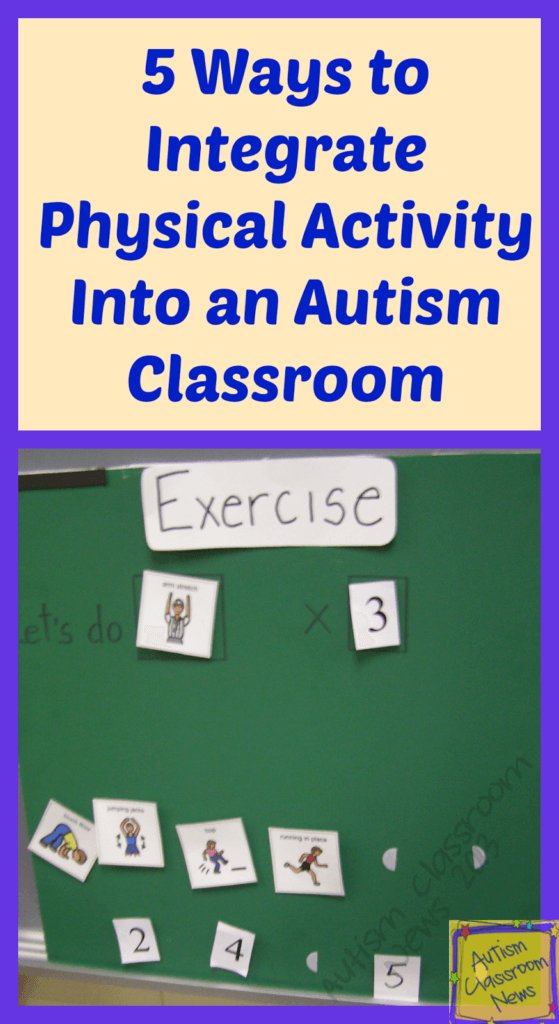
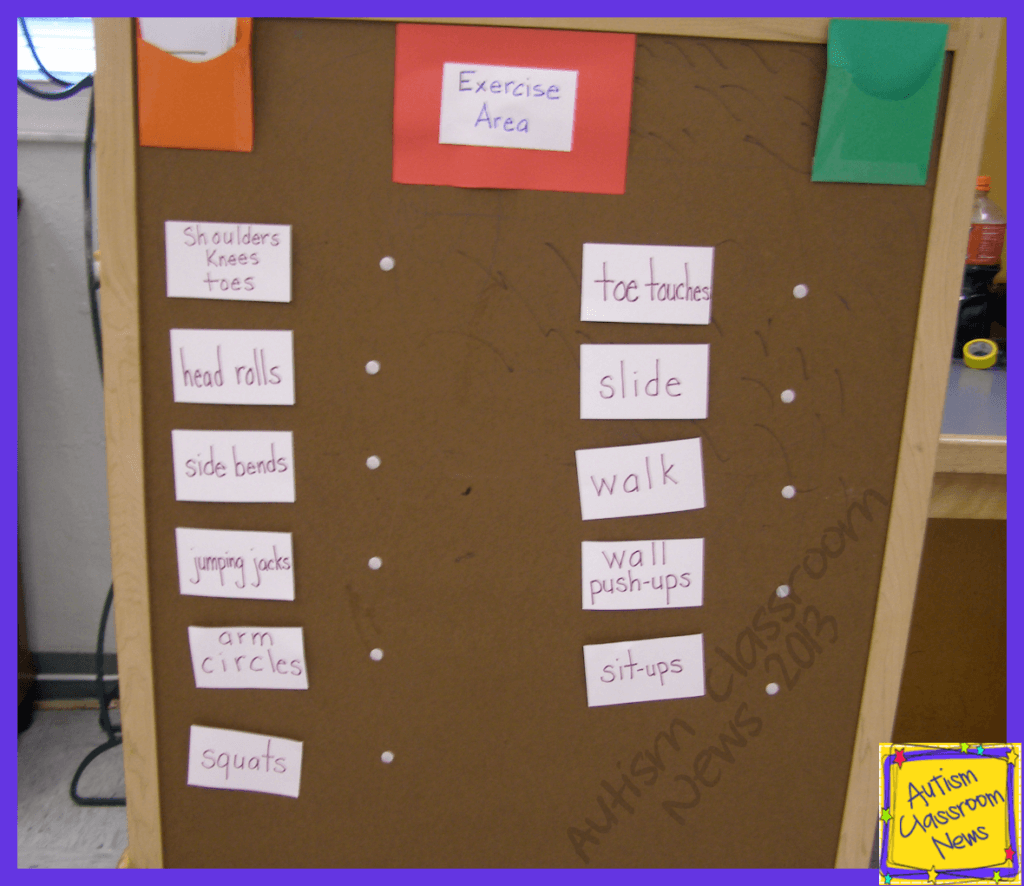



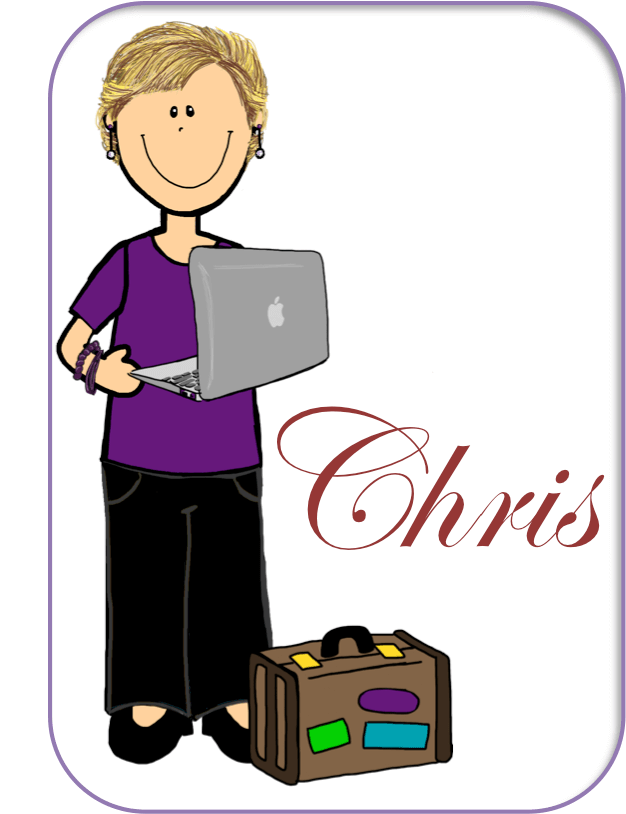
![Summer resources to help survive the end of the year in special education [picture-interactive books with summer themes]](https://autismclassroomresources.com/wp-content/uploads/2018/05/SUMMER-RESOURCES-ROUNDUP-FEATURE-8528-768x768.jpg)


